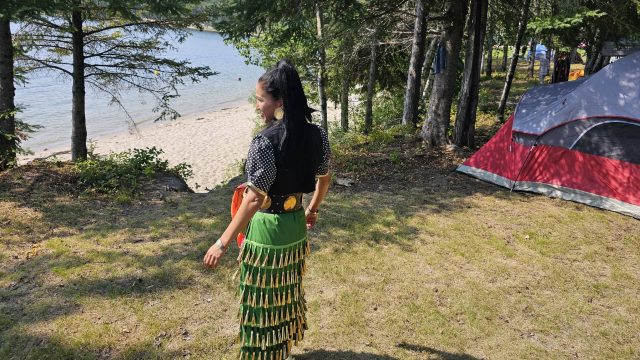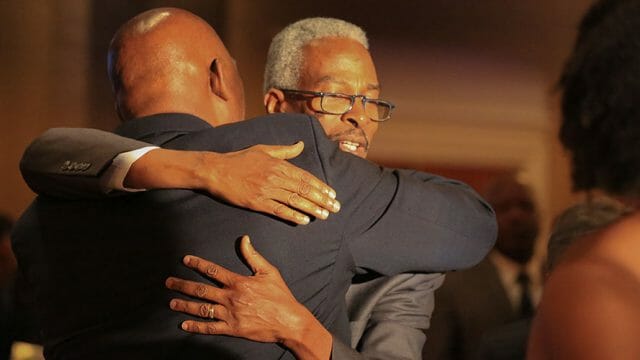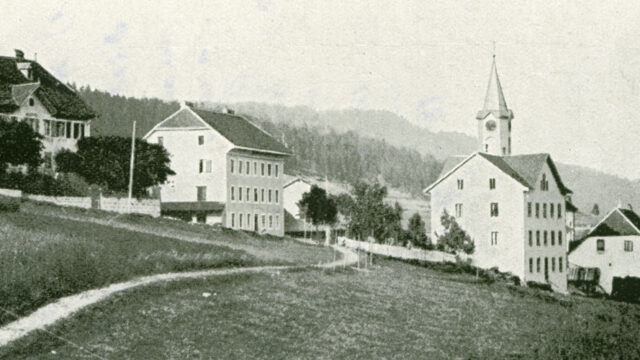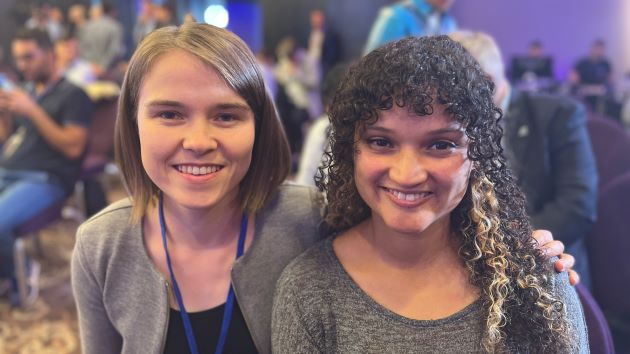A long-standing archaeology event at La Sierra University designed for scholars, theologians, interested lay persons, and families alike, recently celebrated its 15th anniversary […]

A long-standing archaeology event at La Sierra University designed for scholars, theologians, interested lay persons, and families alike, recently celebrated its 15th anniversary with unique insights into one of the world’s foremost historical discoveries, the Dead Sea Scrolls.
On November 11-12, La Sierra’s 15th Annual Archaeology Discovery Weekend themed “The Dead Sea Scrolls and the Bible” featured lectures and panels by noted scholars from around the United States and the Middle East. Presentations included a talk by a descendant of a Jordanian who first discovered Cave 1 at Qumran where some of the scrolls were found. Family activities included a Bedouin hospitality tent, Dead Sea Scroll-themed activities, and other displays. Hands-on labs offered activities in pottery construction, pottery dating, 3D scanning, exercises in writing on parchment, an immersive 3D cave experience, and more.
“Discovered more than 75 years ago in caves along the northwestern shores of the Dead Sea, the 900-plus scrolls provided the world with one of the greatest caches of inscriptions ever found,” said Doug Clark, noted Jordan archaeologist and director of the Center for Near Eastern Archaeology at La Sierra. The center organizes the archaeology discovery events, lectures, and other activities each year.
The 2,000-year-old Dead Sea Scrolls, written on leather parchment and papyrus, were first discovered in caves around 1947 by teenage Bedouin shepherds near the ancient settlement of Khirbet Qumran in an area that is now Israel’s West Bank. Through 1956, additional scrolls were uncovered in a total of 11 nearby caves. Over the years, scholars reconstructed fragments into approximately 950 manuscripts, which are housed in the Shrine of the Book at The Israel Museum in Jerusalem.
Archaeology Discovery Weekend’s keynote speakers included one of the world’s leading experts on the Qumran scrolls. Emanuel Tov, professor of Bible at the Hebrew University in Jerusalem, served as editor-in-chief of the Dead Sea Scrolls Publication Project for 13 years. In addition, Jodi Magness, a renowned archaeologist with the University of North Carolina at Chapel Hill, whose interviews have appeared in National Geographic documentaries, discussed the archaeology of Qumran.
Other noted scholars and scrolls experts included John J. Collins, professor emeritus with Yale University and international expert on apocalyptic literature related to the Dead Sea Scrolls and the Hebrew Bible; Sidnie White Crawford, professor emerita of Hebrew Bible at the University of Nebraska-Lincoln and chair of the Old Testament editorial board of Hermeneia: A Critical and Historical Commentary on the Bible; and Alex P. Jassen, of New York University, widely published author on the Dead Sea Scrolls and the academic advisor of the Dead Sea Scrolls exhibit at the Science Museum of Minnesota.
Special guest speaker Sabal Al-Zaben shared a little-known story connected with the discovery of the Dead Sea Scrolls, that of her father, Akash Zaben, a former Jordanian military commander who led a small team to the location of Cave 1 at Qumran.
“We are ecstatic about the lineup of internationally known and respected scholars who [addressed] the discovery and archaeology of the Dead Sea Scrolls on Saturday and then the relationship between the scrolls and the Bible on Sunday,” said Clark. “It [was] an outstanding program.”
The original version of this story was posted by La Sierra University.








